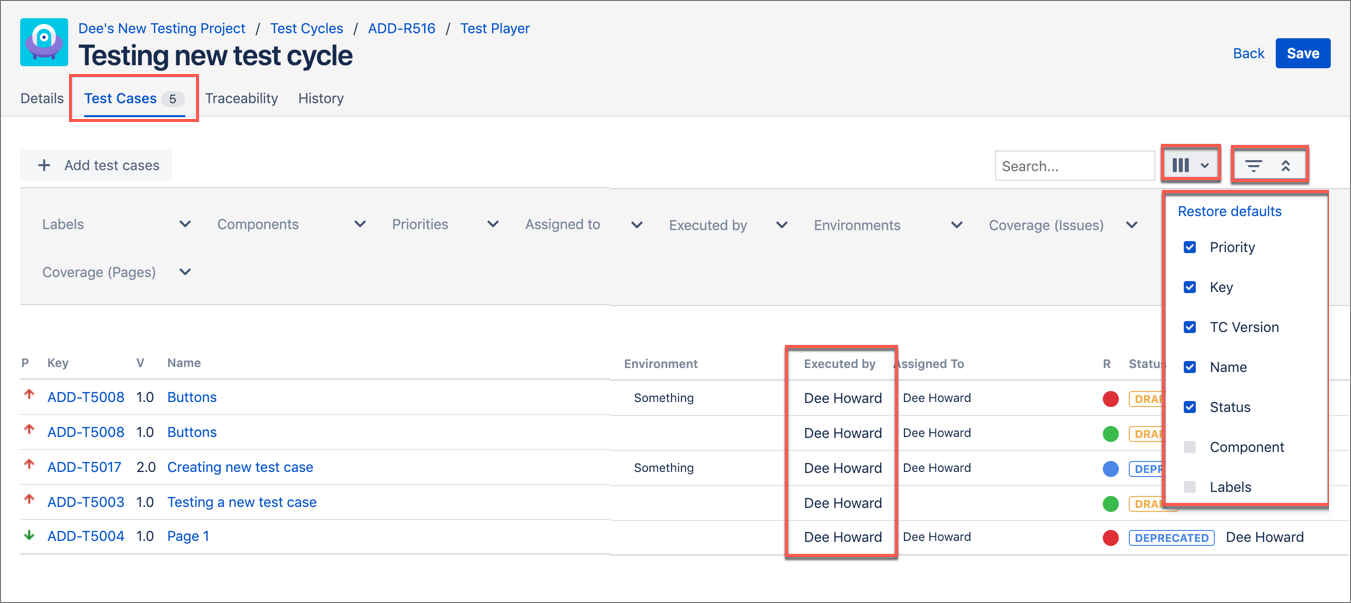Check out what’s new for TM4J Cloud in 2019. Here are the changes we document:
New Features - Brand new functionality to help you improve your testing efforts.
Updates - Changes we’ve made, large and small, that we want you to be aware of.
Bug Fixes - Issues we’ve resolved to make TM4J work as designed.
New Feature - Custom Fields for Test Executions and Test Steps
With more flexibility than ever before, it’s now possible to fill in and track any extra information during execution time by creating custom fields for the test execution record. This improvement will help you to track any relevant piece of information during the test execution, such as build number, version, iteration, and more.
Likewise, you can now create custom fields for test steps to add additional fields during the creation of test steps. The fields for test steps can be mandatory.
Here’s an example of custom fields in action, first in a test execution:
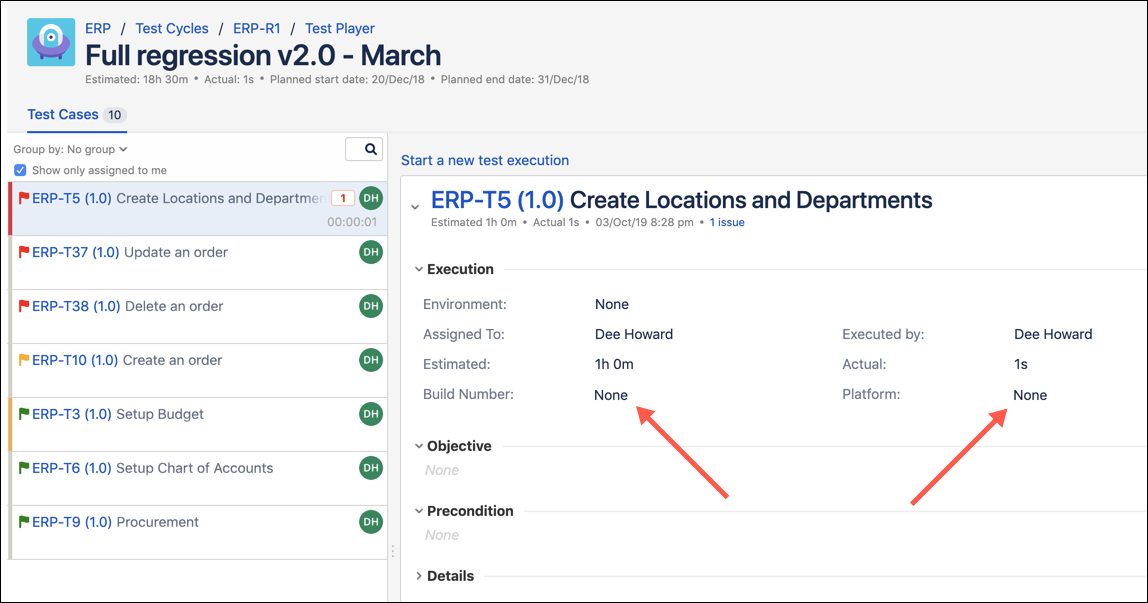
And here’s an example of a custom field in a test step:
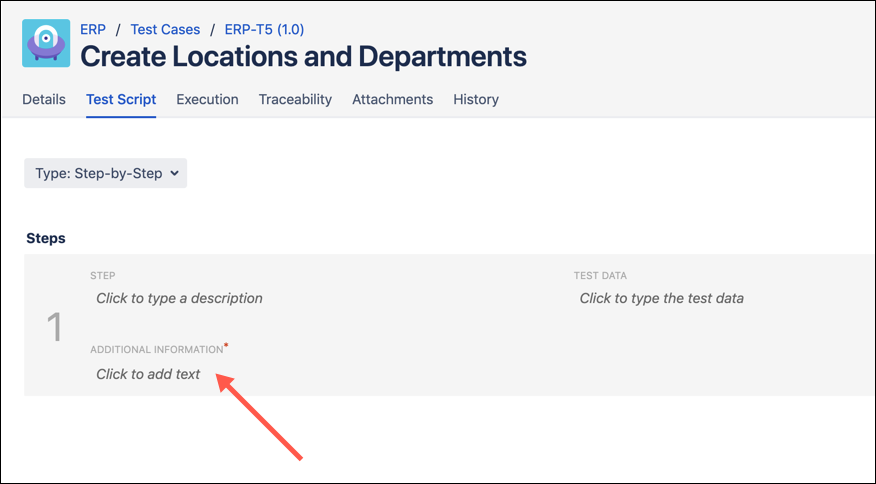
Bug Fixes
Fixed an issue that allowed the Unarchive button to be active when no test cases were selected.
Fixed an issue that caused the Assigned To column in the test-executions export to be empty if the test-cycle assignee was changed.
New Feature: In-App Documentation and Support
In-app documentation via Elevio is now available via the blue button in the bottom-right corner of the screen and offers you quick access to lots of useful information about TM4J. It also gives you quick access to Release Notes, Adaptavist Support, TM4J’s full customer documentation site, and more. The search bar at the top is a great place to test it out and see what’s available.
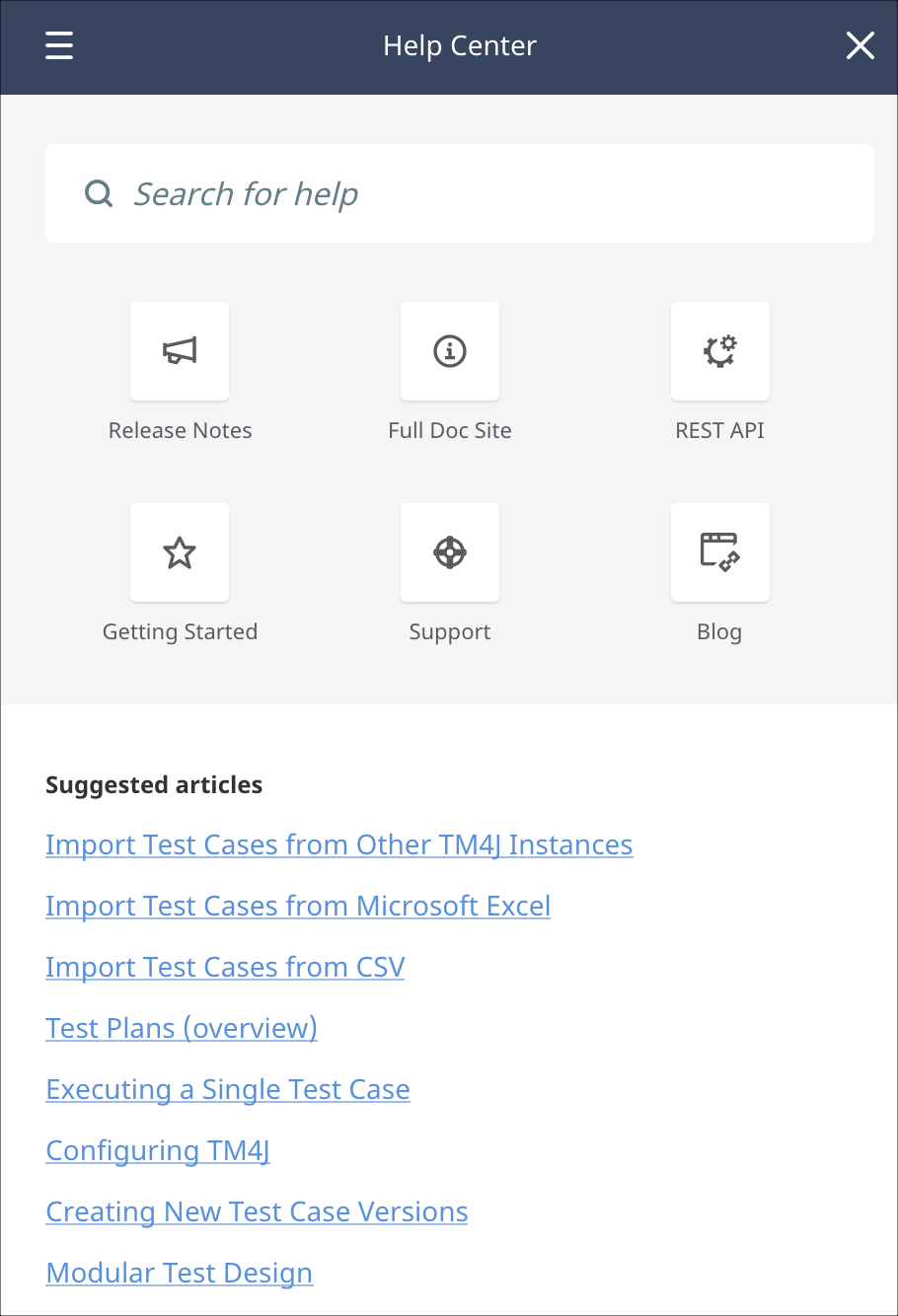
New Feature: Execute Single Test Cases
You can now execute test cases individually, without having to add them to a test cycle. Just create and link test cases or acceptance tests to user stories/bugs, then initiate the test execution directly from the Jira issue or kanban board.
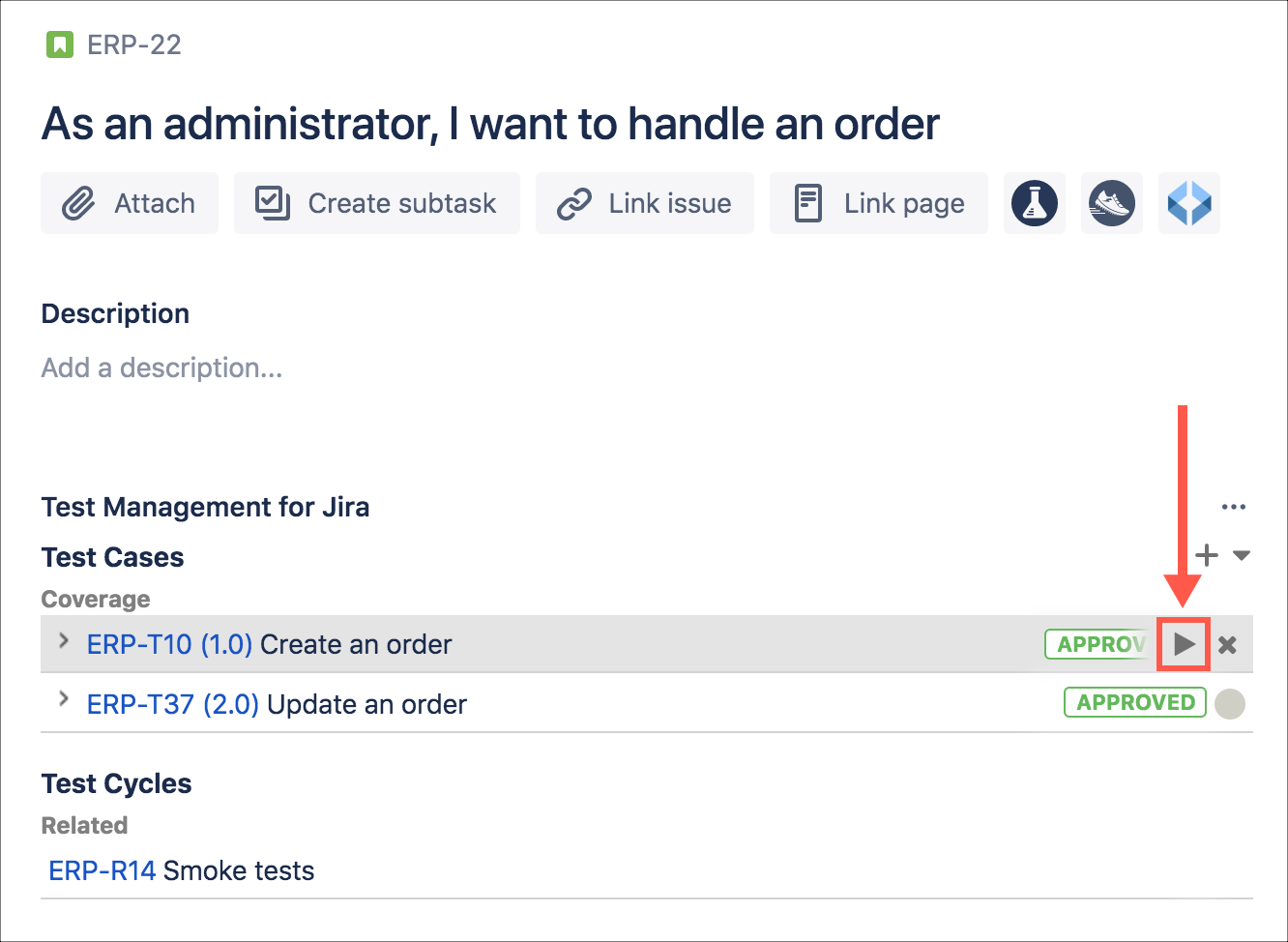
New Feature: Two Gadgets
Two TM4J gadgets are now available for Jira dashboards. One gadget provides quick access to test execution results by coverage, and one gadget provides test-execution results by test cycle.
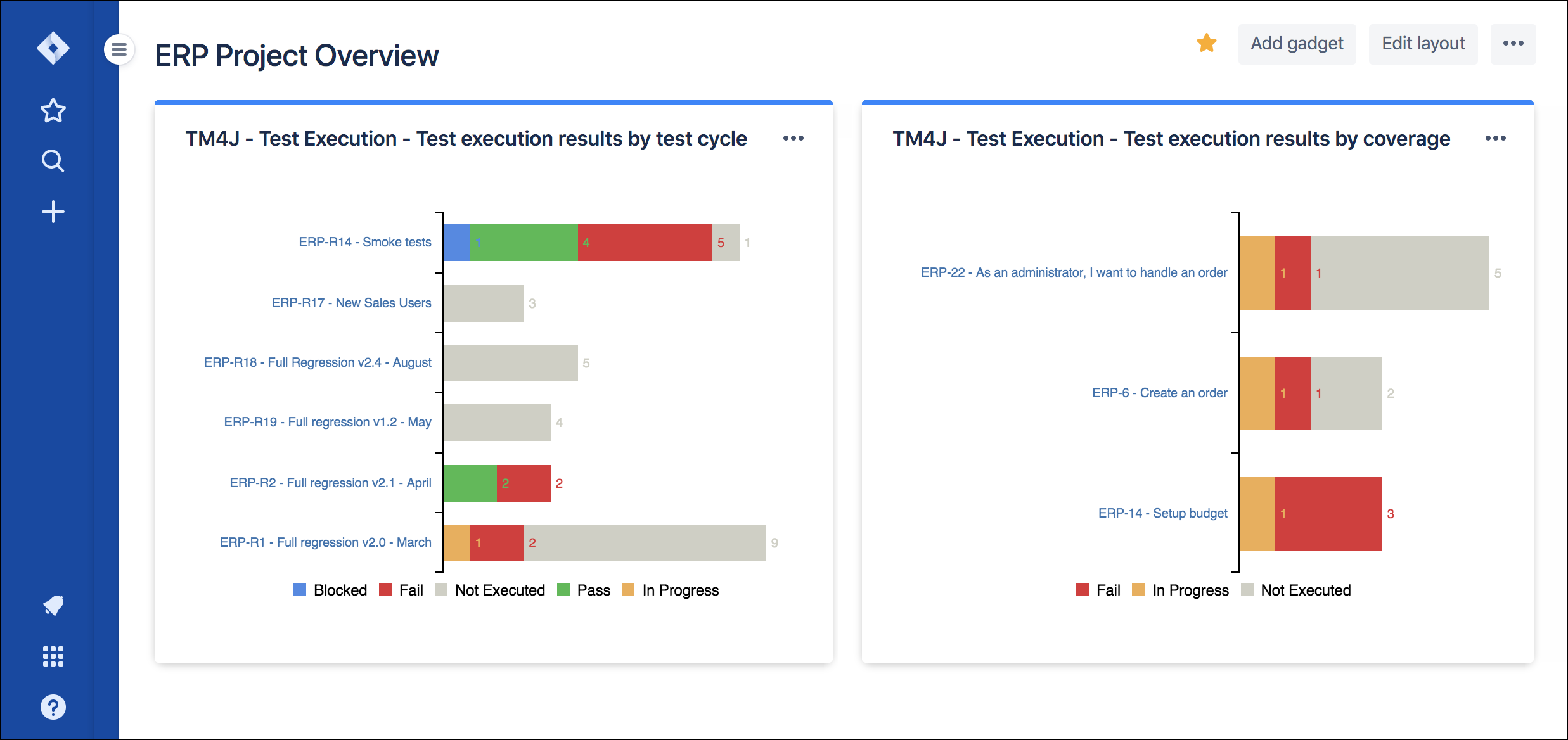
New Feature - Add Test Data to Test Cases
You can now improve your data-driven testing strategy by adding test data to test cases.
Test data is stored in a central repository away from your test cases, allowing for test data to be called into and reused in test cases throughout your project. This is incredibly useful as it eliminates the need for you to create and run similar or redundant tests; instead, you can simply call a range of values into a single test.
To get started with test data, create or open a test case, and click the Test Script tab. Then select the Test Data type from the dropdown. You can add columns and rows of test data that you can call into your test steps further down the page.
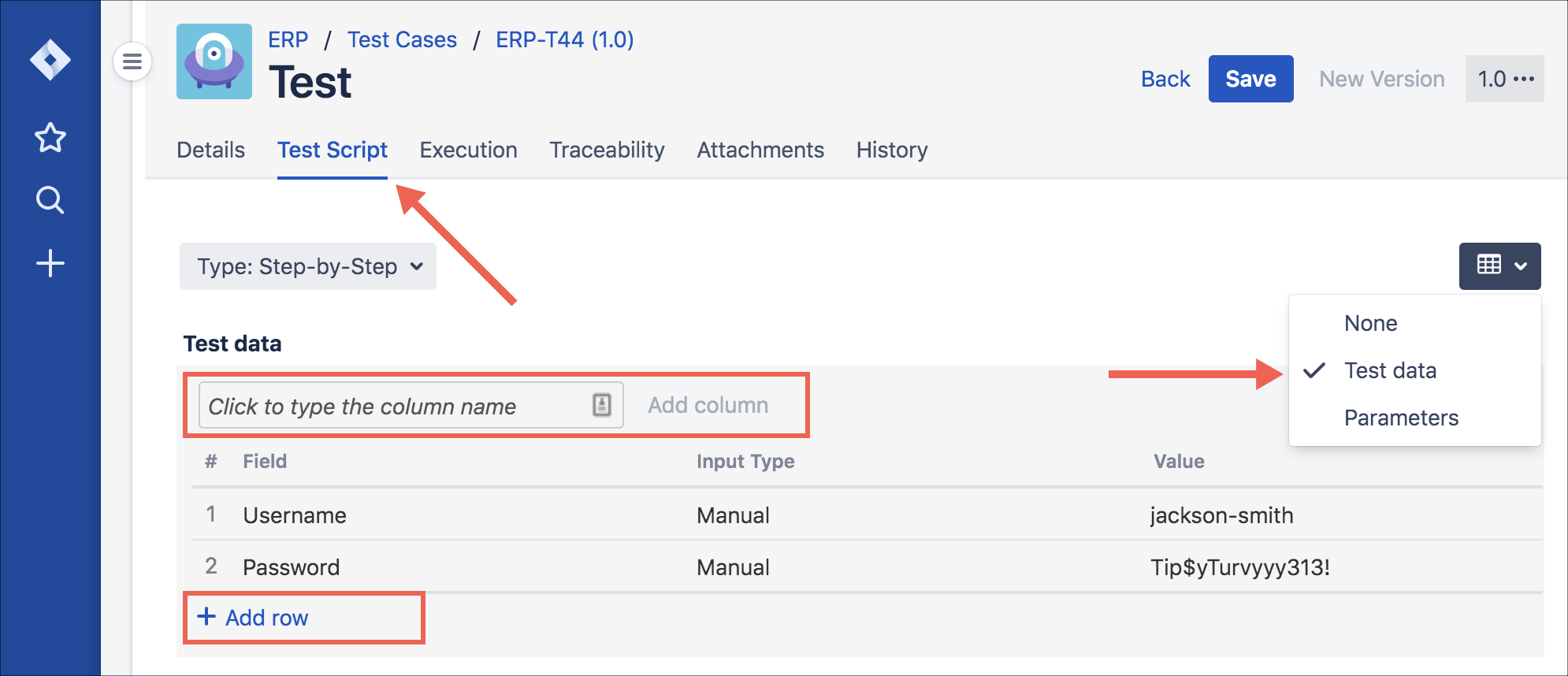
Bug Fixes
Fixed an issue that allowed the Unarchive button to be active even when no test cases were selected.
New Feature: Archive Test Cases
You can now archive and unarchive test cases in the test library. This gives you the freedom to remove unwanted test cases from the test library without permanently deleting the data.
Simply select the desired test case and click Archive. All archived test cases are visible in the Archived section at the bottom of the left-hand sidebar, where the folders are located.
You can unarchive these test cases at any time by selecting, then clicking Unarchive.
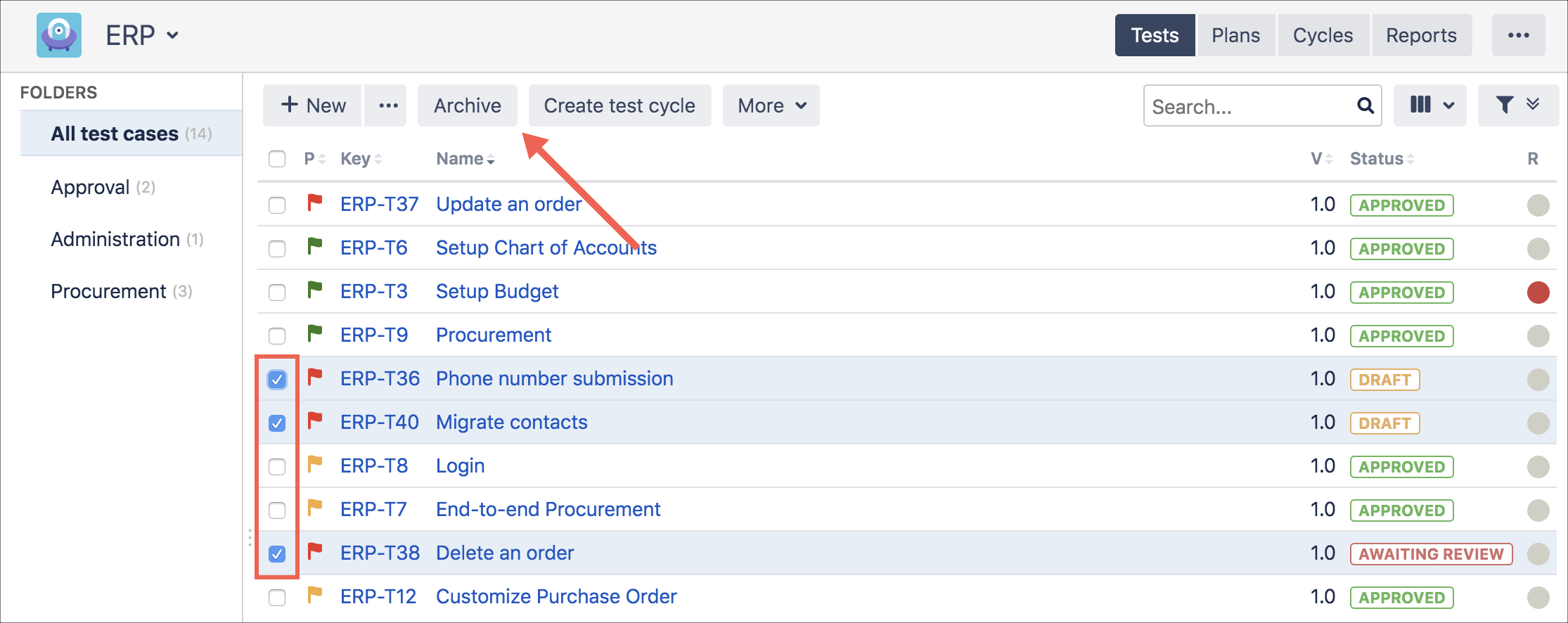
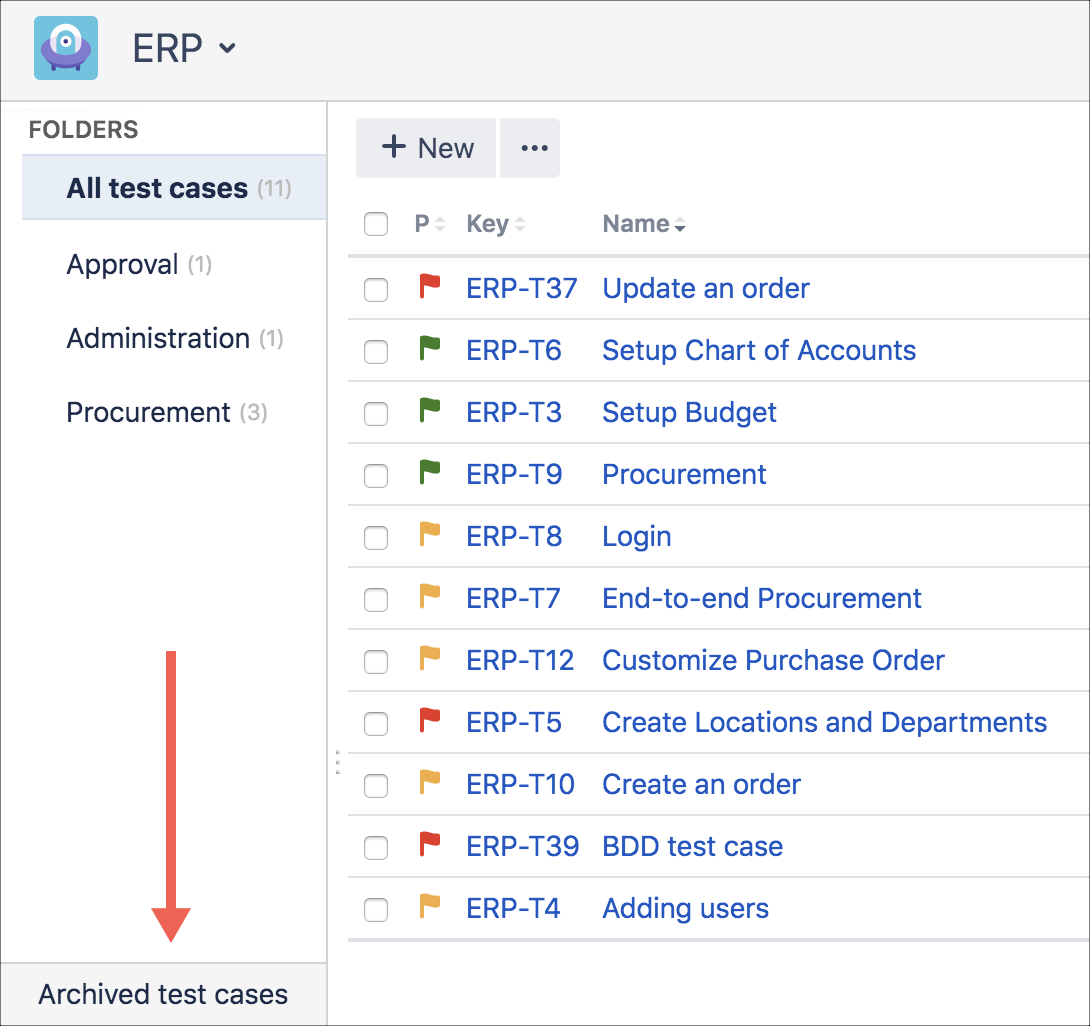
New Feature: Bamboo Integration
Continuing from our latest release (Jenkins plugin and improved integration with Bamboo), we’ve added the ability to create BDD style test cases with a gherkin test script.
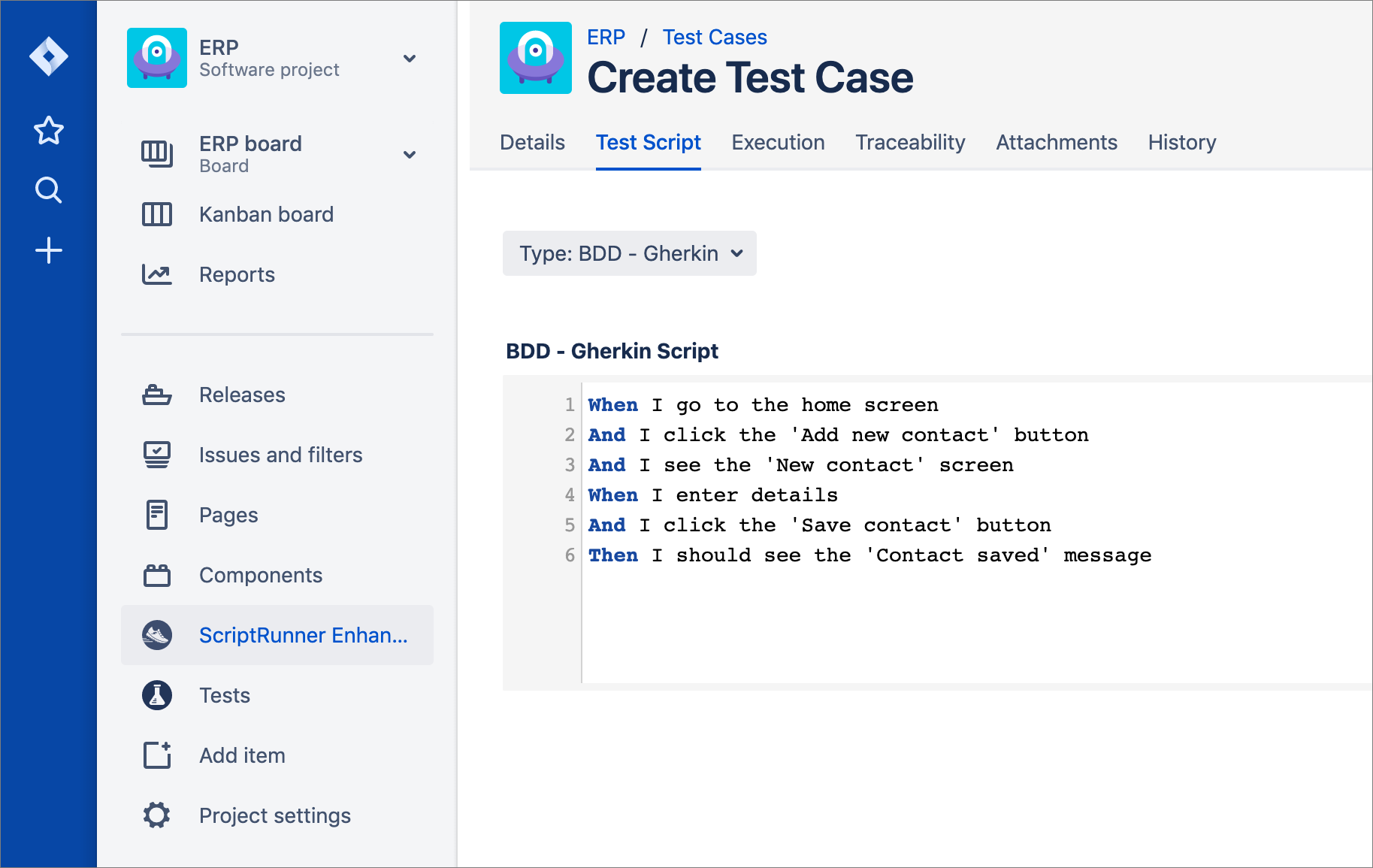
New Feature: REST API - New Test Script Endpoints
We’ve also released a new set of endpoints test scripts, which includes:
Creating Test Scripts
Retrieving Test Scripts
Creating Test Steps
Retrieving Test Steps
New Feature: REST API Integration Improvements
In addition to providing a free REST API as part of Test Management for Jira Cloud, we’ve also added additional support for integration with automated testing. This includes the following:
A plugin for Jenkins
Better integration with Bamboo
Support for JUnit tests
Support for Cucumber tests
Using these features and functionalities removes the need to create custom scripts to post data to Test Management for Jira, making the process more simple and easy-to-use. Below are some examples of how the flow works between the development project, CI tool, and Test Management for Jira.
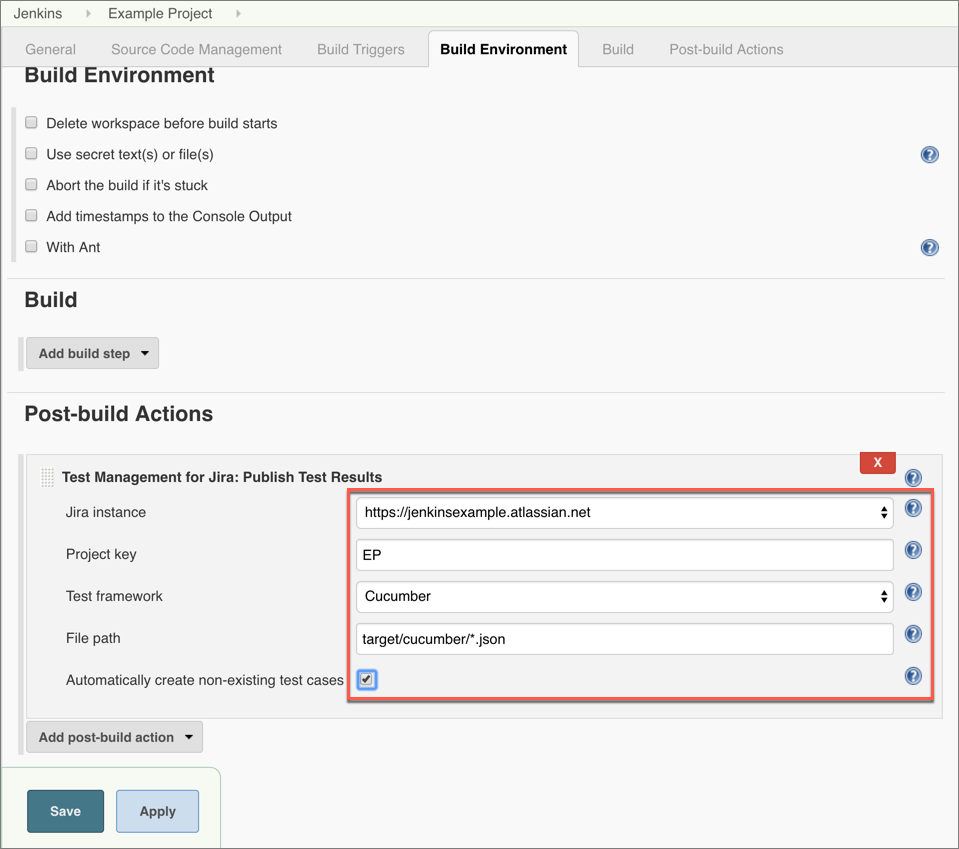
Bug Fixes
Fixed broken role-based permissions.
Bug Fixes
Fixed an issue that would not allow custom fields to be cleared.
Fixed an issue that caused TestScriptResults added with /createtestexecutions API to be unordered.
Fixed an issue where the incorrect priority was set when importing test cases from XML.
Fixed an issue that 'Can’t assign tester to a test case in a test cycle'
Update: New Flags for Priorities
Priorities now show as flags instead of arrows, which clearly shows the priority as either low, normal, or high.
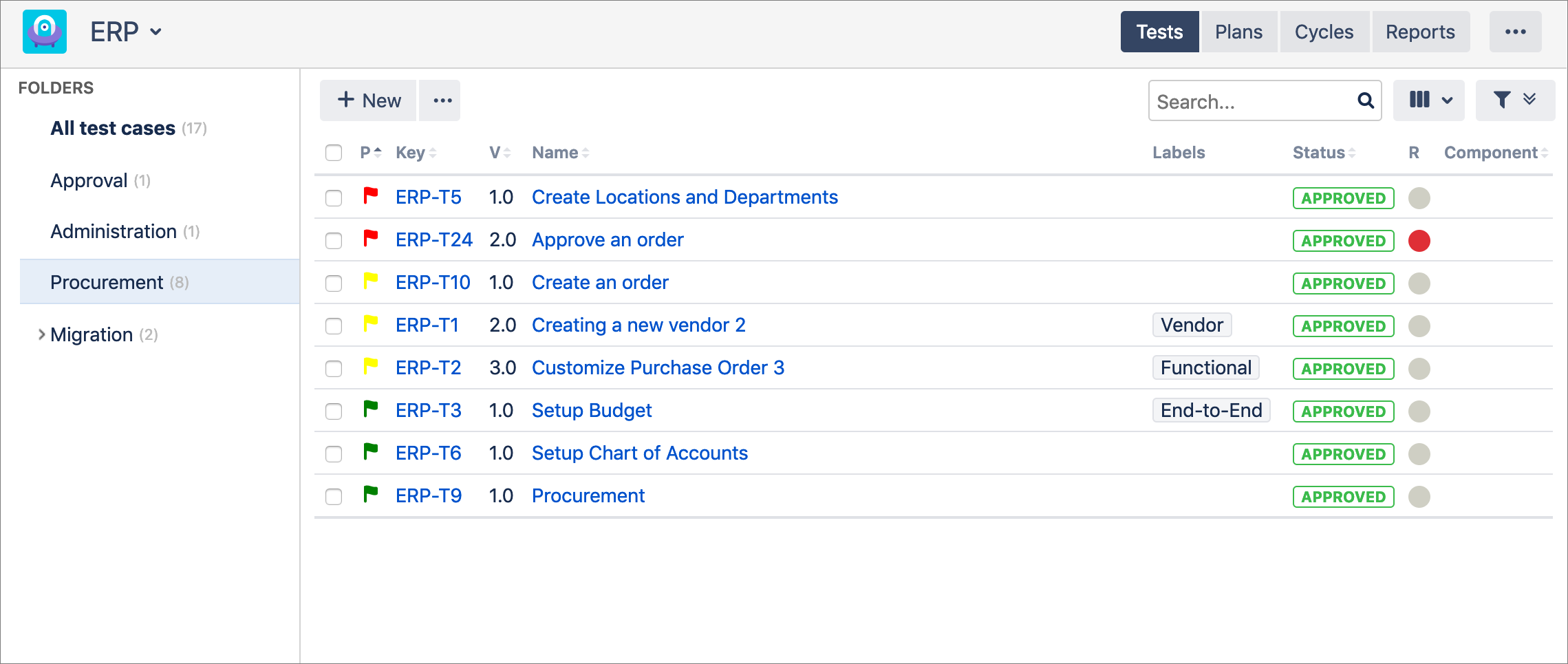
New Feature: Help & Support Panel
A Help & Support panel has been introduced for new and power users to have quick access to important links, like the support portal, release notes, user documentation, and more. The user documentation in the panel is searchable, meaning you can find whatever you’re looking for without having to dig through all of the documentation.
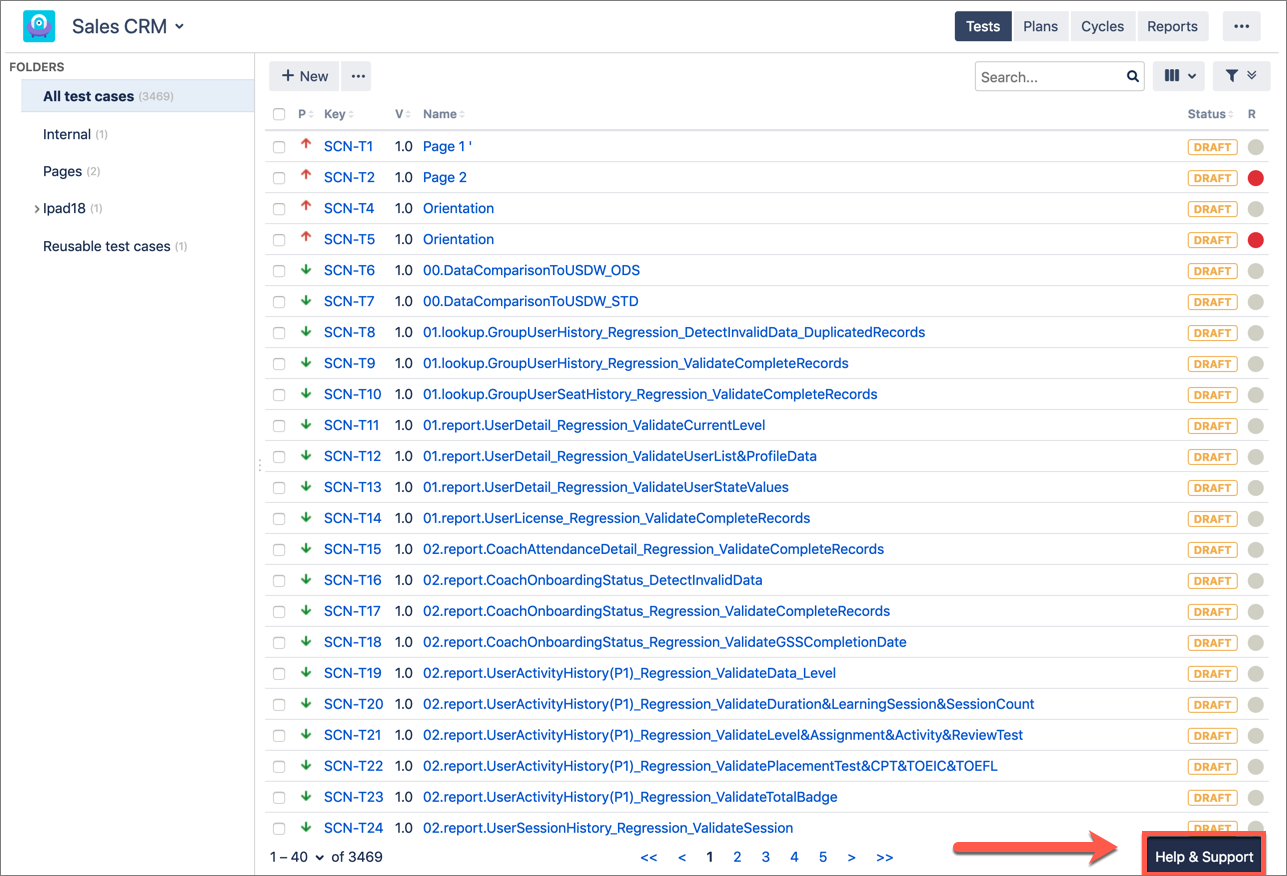
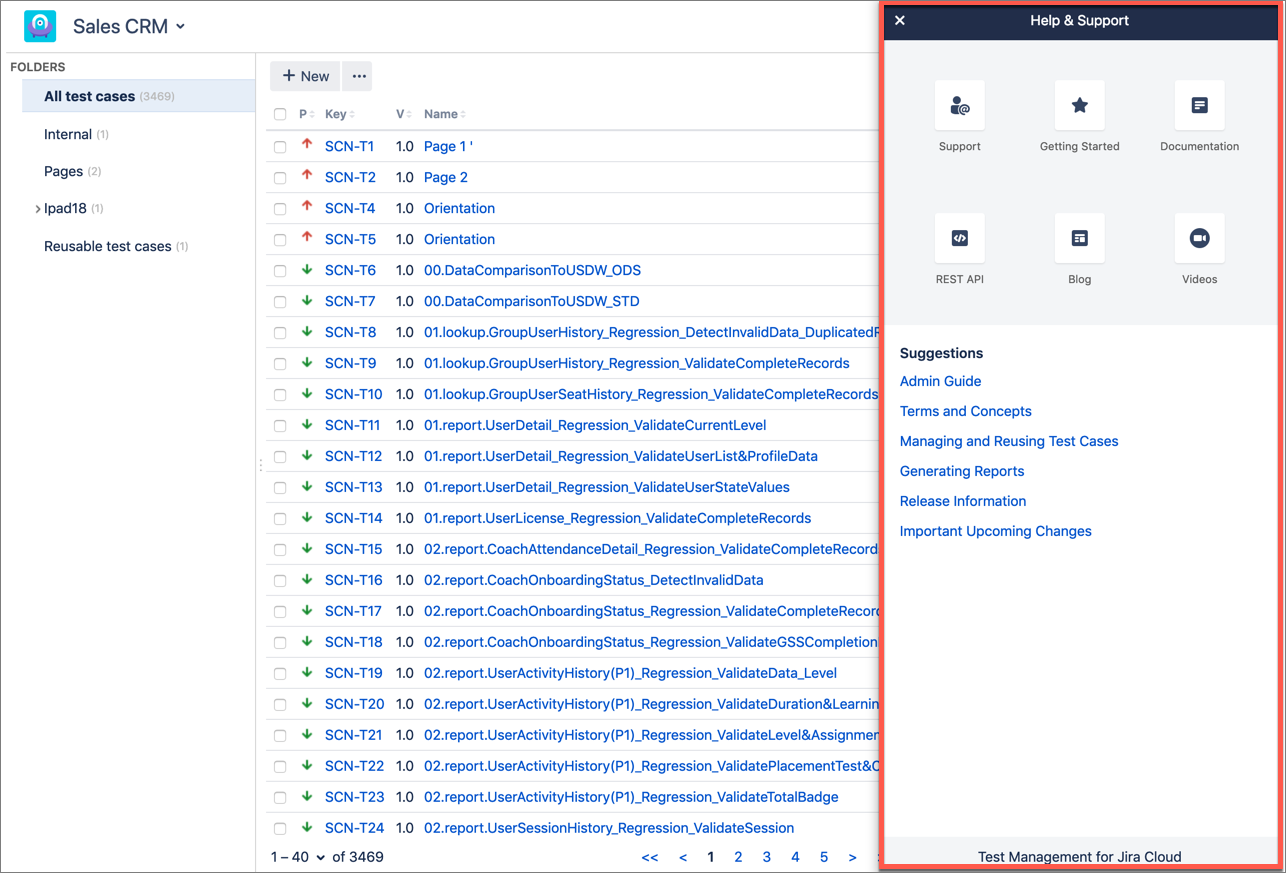
New Feature: Test Execution Results (Detailed) Report
We’ve introduced the Test Execution Results (Detailed) report, which will appear in your instance over the next week or so as we gradually release it. This report provides an in-depth view of your test executions, including test-step results and any attachments or comments made on execution.
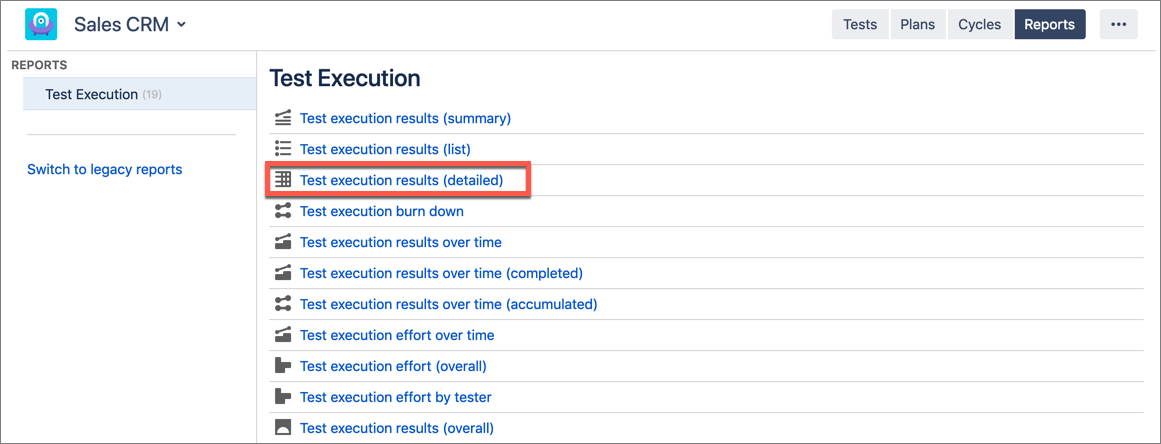
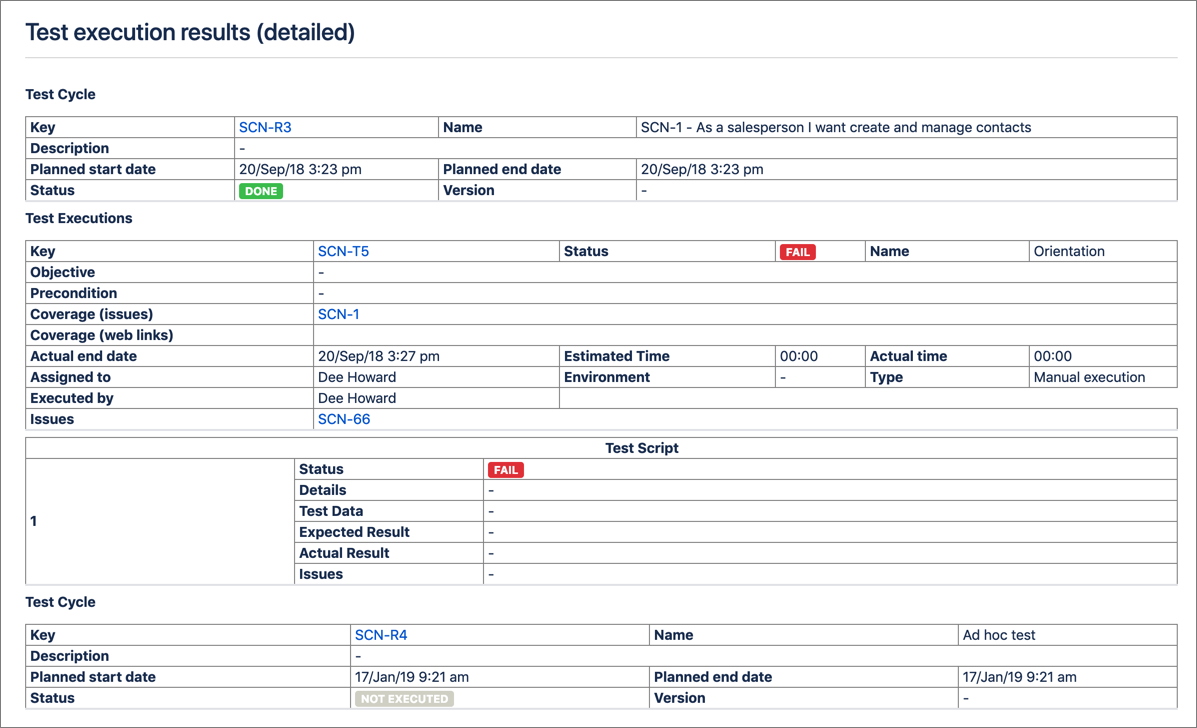
Bug Fixes
Fixed an issue that caused test cycles to not display properly in the Test Cycle view.
In the REST API, we added response messages for POST /testcases/{testCaseKey}/links/issues and POST /testcases/{testCaseKey}/links/weblinks endpoints.
New Feature: New 'Executed By' Field for Test Executions
The new Executed By field for test executions will be automatically set when a user executes a test in the Test Player. This works alongside the Assigned To field, which can be set when adding a test case to a test cycle.
Executed By - The user who has executed the test case. This is updated when a user begins a test execution in the Test Player. This field’s value can be different than the Assigned To value.
Assigned To - The user who has been assigned a test case. This field value can be set when adding the test case to a test cycle.
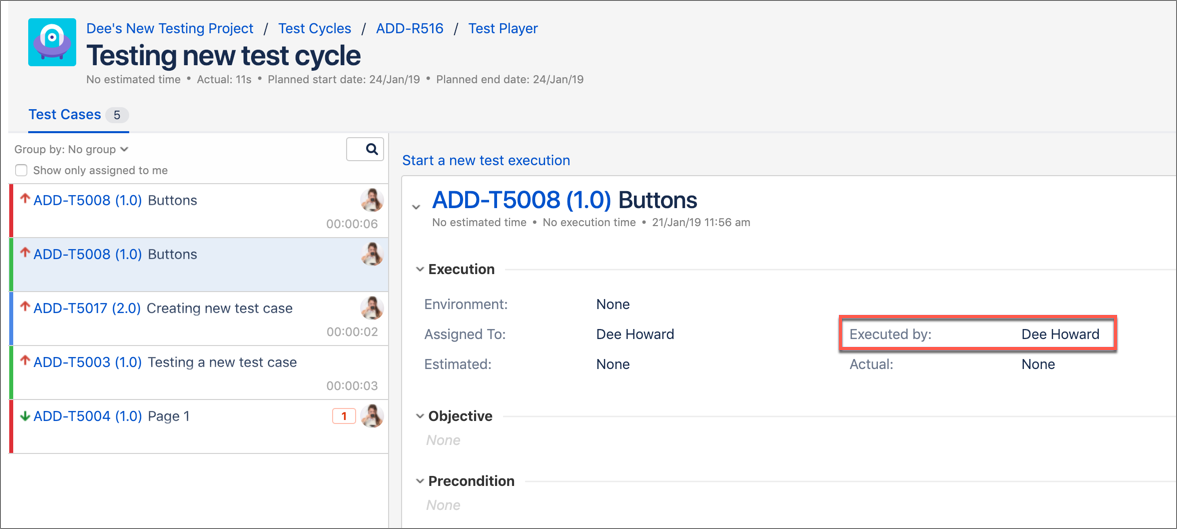
Update: New Grid View within the Test Cases Tab on the Test Cycle View
We’ve added a new grid view to the Test Cases view under a test cycle. This view allows you to change which fields are visible and allows you to display the Executed By field.
